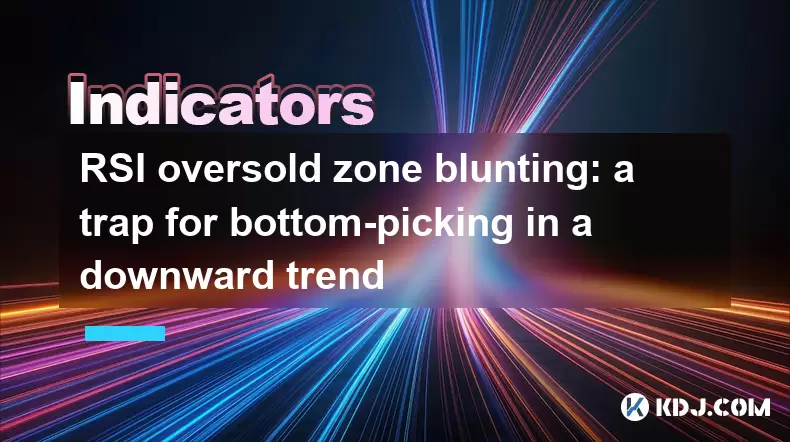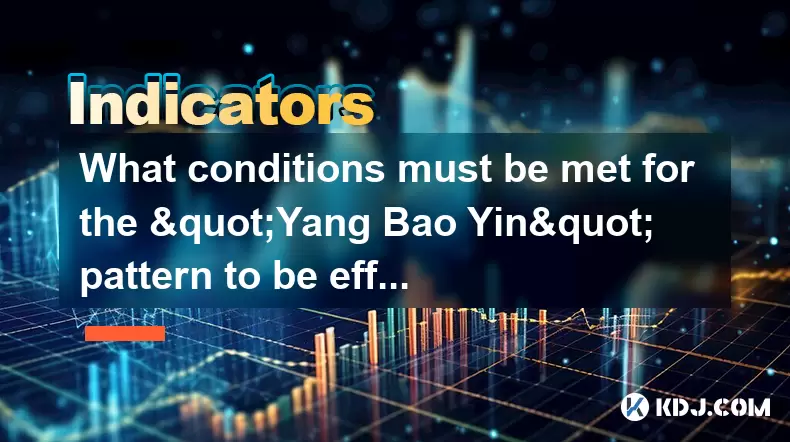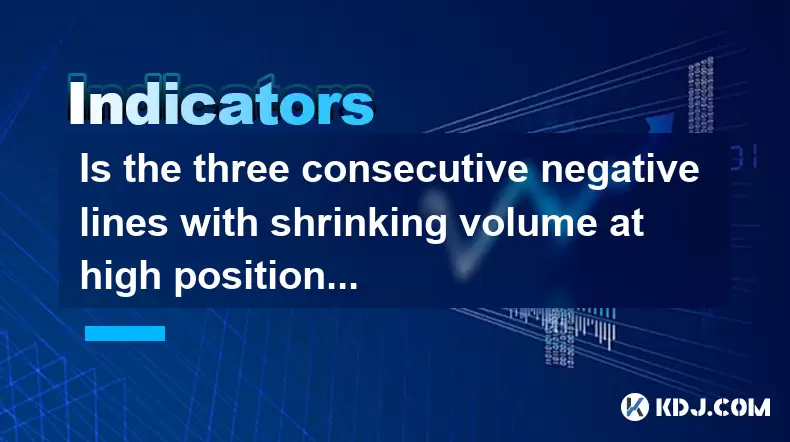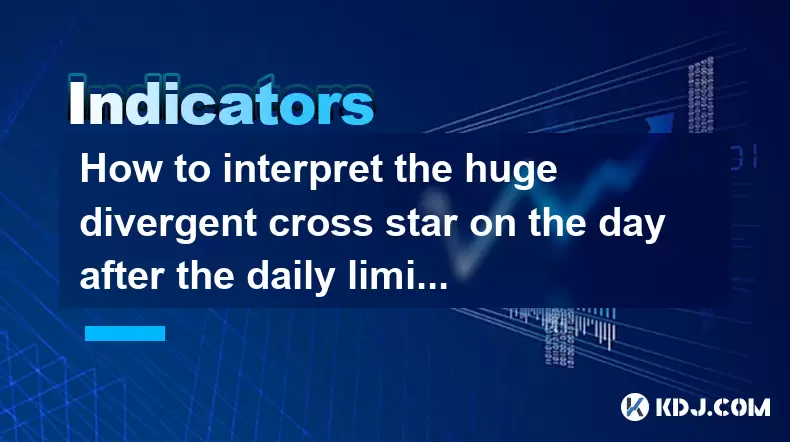-
 Bitcoin
Bitcoin $105,347.8711
0.96% -
 Ethereum
Ethereum $2,550.5078
1.39% -
 Tether USDt
Tether USDt $1.0004
-0.02% -
 XRP
XRP $2.1582
1.72% -
 BNB
BNB $651.7235
0.44% -
 Solana
Solana $146.5846
1.78% -
 USDC
USDC $0.9999
0.01% -
 Dogecoin
Dogecoin $0.1777
2.68% -
 TRON
TRON $0.2709
-0.51% -
 Cardano
Cardano $0.6373
0.79% -
 Hyperliquid
Hyperliquid $42.2043
6.47% -
 Sui
Sui $3.0476
1.60% -
 Chainlink
Chainlink $13.2702
0.27% -
 Bitcoin Cash
Bitcoin Cash $435.5686
7.57% -
 UNUS SED LEO
UNUS SED LEO $9.0412
1.45% -
 Avalanche
Avalanche $19.3181
1.40% -
 Stellar
Stellar $0.2603
1.22% -
 Toncoin
Toncoin $3.0233
2.01% -
 Shiba Inu
Shiba Inu $0.0...01213
3.46% -
 Hedera
Hedera $0.1588
2.17% -
 Litecoin
Litecoin $86.2495
3.74% -
 Polkadot
Polkadot $3.8196
0.90% -
 Ethena USDe
Ethena USDe $1.0006
0.01% -
 Monero
Monero $311.4040
0.67% -
 Dai
Dai $0.9999
0.01% -
 Bitget Token
Bitget Token $4.5613
1.06% -
 Pepe
Pepe $0.0...01117
4.95% -
 Uniswap
Uniswap $7.4671
4.11% -
 Pi
Pi $0.5866
4.86% -
 Aave
Aave $286.3474
5.97%
RSI oversold zone blunting: a trap for bottom-picking in a downward trend
RSI oversold zone blunting occurs when the RSI stays below 30 without triggering a price reversal, misleading traders into premature buys during strong downtrends.
Jun 12, 2025 at 04:08 am

Understanding the RSI Indicator
The Relative Strength Index (RSI) is a momentum oscillator widely used in technical analysis to evaluate overbought or oversold conditions of an asset. Typically, the RSI ranges from 0 to 100, with levels above 70 indicating overbought territory and levels below 30 signaling oversold conditions. In cryptocurrency trading, where volatility is high and trends can persist for extended periods, relying solely on RSI values can be misleading.
When traders observe the RSI dipping into the oversold zone, they often interpret it as a sign that the downtrend may reverse, prompting them to consider buying opportunities. However, this interpretation can be flawed, especially during strong bearish trends.
Oversold does not mean reversal guaranteed.
In many cases, particularly in crypto markets, prices can remain in oversold territory for long durations while continuing to fall. This phenomenon is known as RSI oversold zone blunting.
What Is RSI Oversold Zone Blunting?
RSI oversold zone blunting refers to a situation where the RSI indicator stays consistently below the 30 threshold without triggering any meaningful price reversal. Instead of bouncing back, the price continues its downward trajectory despite the apparent "oversold" signal.
This behavior can mislead traders who are attempting to pick bottoms—that is, buy at what seems like the lowest point of a downtrend. The trap lies in assuming that oversold equals imminent reversal, which is not always the case.
Here’s how this typically unfolds:
- The price begins to drop sharply due to market sentiment shifts or macroeconomic factors.
- The RSI drops below 30, suggesting oversold conditions.
- Traders anticipate a bounce and begin buying, expecting a bottom formation.
- Instead of reversing, the price continues to decline, dragging the RSI further down or keeping it near 30 for an extended period.
This dynamic creates a false sense of security and encourages premature entries that result in losses.
Why Oversold Doesn’t Mean Buying Time
Many novice traders fall into the trap of treating RSI levels mechanically. When they see the indicator enter the oversold zone, they assume the asset is "cheap" and ready for a rebound. Unfortunately, this logic ignores broader market dynamics.
During a strong downtrend, especially in crypto assets with low liquidity or negative news cycles, selling pressure remains intense even when RSI signals suggest oversold levels. This is because:
- Momentum traders dominate the market, pushing prices lower regardless of short-term indicators.
- Fear and panic selling override technical signals, causing continued downward movement.
- Liquidity dries up, making it difficult for buyers to absorb large sell orders.
In such scenarios, the RSI becomes less effective as a standalone tool. It fails to capture the strength of prevailing trends and the emotional psychology behind price action.
How to Avoid Falling Into the Bottom-Picking Trap
Avoiding the trap of bottom-picking based solely on RSI readings requires a more nuanced approach. Traders must combine multiple analytical tools and strategies to confirm whether an oversold condition truly signals a reversal or just a continuation of the trend.
Here are some actionable steps to avoid falling into the RSI oversold zone blunting trap:
- Combine RSI with trendlines: If the price is clearly forming lower highs and lower lows, the downtrend is still intact regardless of RSI readings.
- Use volume analysis: A lack of buying volume during oversold conditions suggests weak demand and potential for further downside.
- Look for candlestick patterns: Bullish reversals like hammer or engulfing candles can provide better confirmation than RSI alone.
- Wait for a confirmed breakout: Only consider entering long positions after the price breaks key resistance levels or shows clear signs of trend reversal.
By integrating these methods, traders can filter out false signals and reduce the risk of prematurely entering a trade based on misleading RSI data.
Case Study: RSI Oversold Zone Blunting in Crypto Markets
To illustrate this concept, let's examine a real-world example from the Bitcoin (BTC) market during a prolonged bear phase.
Suppose BTC enters a sharp downtrend following regulatory concerns in a major market. Over the course of two weeks, the price drops by 25%, and the RSI dips below 30 multiple times. Each time, eager traders jump in, thinking the market has become oversold and a bounce is imminent.
However, instead of recovering, BTC continues to fall, reaching new multi-week lows. The RSI remains stuck in the oversold region, sometimes bouncing slightly but never crossing back above 50. Traders who bought each dip end up holding losing positions, caught in the trap of RSI oversold zone blunting.
This scenario plays out frequently in altcoin markets as well, where smaller-cap tokens experience sharper declines and fewer buyers stepping in to support the price.
Patience and context matter more than mechanical indicator readings.
Frequently Asked Questions
Q: Can RSI ever be trusted during a downtrend?
A: Yes, but only when used in conjunction with other tools. During strong downtrends, RSI should not be used in isolation. Look for confluence with support zones, volume changes, or reversal candlesticks before acting on RSI signals.
Q: How long can RSI stay in the oversold zone?
A: In highly volatile or strongly trending markets like cryptocurrencies, RSI can remain in the oversold zone for days or even weeks. There is no fixed duration—it depends on the intensity of the selling pressure and market sentiment.
Q: What other indicators work well with RSI to avoid false signals?
A: Moving Averages (like the 50-day or 200-day), MACD (Moving Average Convergence Divergence), and Bollinger Bands are commonly used alongside RSI to filter out noise and identify stronger reversal probabilities.
Q: Is there a way to visually spot RSI blunting on charts?
A: Yes. On candlestick charts, if the RSI line flattens or oscillates within the oversold area without showing a significant upward movement, while the price continues to make lower lows, that indicates RSI blunting.
Disclaimer:info@kdj.com
The information provided is not trading advice. kdj.com does not assume any responsibility for any investments made based on the information provided in this article. Cryptocurrencies are highly volatile and it is highly recommended that you invest with caution after thorough research!
If you believe that the content used on this website infringes your copyright, please contact us immediately (info@kdj.com) and we will delete it promptly.
- Nasdaq Advances 21Shares' SUI ETF Proposal, Kicking Off SEC Review
- 2025-06-14 16:40:13
- Solana, Litecoin, and Crypto Baskets Lead ETF Approval Race: Bloomberg
- 2025-06-14 16:40:13
- Blockchain Deposit Insurance Corporation (BDIC) Appoints Oliver Pluckrose as CTO
- 2025-06-14 16:35:13
- An upcoming Bitcoin software update will increase the data limit on a divisive function that will allow significantly more images, text and documents to be stored on the Bitcoin blockchain
- 2025-06-14 16:35:13
- GameStop (GME) shares drop after-hours as the video game retailer reported mixed results for its first quarter
- 2025-06-14 16:30:12
- Will XRP Reach $10? A Deep Dive Into Ripple's Price Potential
- 2025-06-14 16:30:12
Related knowledge

How to calculate the probability of trend continuation after the MACD column divergence?
Jun 14,2025 at 08:01am
Understanding MACD Column DivergenceThe Moving Average Convergence Divergence (MACD) is a widely used technical indicator in cryptocurrency trading. The MACD column, also known as the histogram, represents the difference between the MACD line and the signal line. When price makes a new high or low but the MACD histogram does not confirm this movement, a...

What are the volume requirements for adjusting the K line in the "rising three methods" pattern?
Jun 14,2025 at 07:50am
Understanding the 'Rising Three Methods' Pattern in Cryptocurrency TradingThe 'rising three methods' pattern is a bullish continuation candlestick formation that traders often use to identify potential upward momentum in cryptocurrency price charts. This pattern typically appears during an uptrend and suggests that the trend is likely to continue after ...

What conditions must be met for the "Yang Bao Yin" pattern to be effective?
Jun 14,2025 at 06:42am
Understanding the 'Yang Bao Yin' Pattern in Cryptocurrency TradingThe Yang Bao Yin pattern is a candlestick formation commonly observed in technical analysis within the cryptocurrency market. This pattern typically signals a potential bullish reversal after a downtrend. However, for this pattern to be effective and reliable, certain conditions must be m...

Is the three consecutive negative lines with shrinking volume at high positions a signal that the main force has finished shipping?
Jun 14,2025 at 09:56am
Understanding the Concept of Three Consecutive Negative LinesIn cryptocurrency trading, three consecutive negative lines refer to a situation where an asset's price chart shows three successive candlesticks with closing prices lower than their opening prices. This pattern typically indicates bearish sentiment in the market. When this occurs at high posi...

Is it an opportunity for the long positive line with large volume to break through the platform and then shrink back?
Jun 14,2025 at 04:42am
Understanding the Long Positive Line with Large VolumeIn technical analysis, a long positive line refers to a candlestick pattern where the closing price is significantly higher than the opening price, often indicating strong buying pressure. When this occurs alongside large volume, it suggests that market participants are actively involved in pushing t...

How to interpret the huge divergent cross star on the day after the daily limit?
Jun 14,2025 at 02:35pm
Understanding the Divergent Cross Star PatternIn the realm of technical analysis within cryptocurrency trading, candlestick patterns are essential tools for predicting price movements. One such pattern is the divergent cross star, which appears as a doji or near-doji candle following a significant price move. When this pattern occurs the day after a dai...

How to calculate the probability of trend continuation after the MACD column divergence?
Jun 14,2025 at 08:01am
Understanding MACD Column DivergenceThe Moving Average Convergence Divergence (MACD) is a widely used technical indicator in cryptocurrency trading. The MACD column, also known as the histogram, represents the difference between the MACD line and the signal line. When price makes a new high or low but the MACD histogram does not confirm this movement, a...

What are the volume requirements for adjusting the K line in the "rising three methods" pattern?
Jun 14,2025 at 07:50am
Understanding the 'Rising Three Methods' Pattern in Cryptocurrency TradingThe 'rising three methods' pattern is a bullish continuation candlestick formation that traders often use to identify potential upward momentum in cryptocurrency price charts. This pattern typically appears during an uptrend and suggests that the trend is likely to continue after ...

What conditions must be met for the "Yang Bao Yin" pattern to be effective?
Jun 14,2025 at 06:42am
Understanding the 'Yang Bao Yin' Pattern in Cryptocurrency TradingThe Yang Bao Yin pattern is a candlestick formation commonly observed in technical analysis within the cryptocurrency market. This pattern typically signals a potential bullish reversal after a downtrend. However, for this pattern to be effective and reliable, certain conditions must be m...

Is the three consecutive negative lines with shrinking volume at high positions a signal that the main force has finished shipping?
Jun 14,2025 at 09:56am
Understanding the Concept of Three Consecutive Negative LinesIn cryptocurrency trading, three consecutive negative lines refer to a situation where an asset's price chart shows three successive candlesticks with closing prices lower than their opening prices. This pattern typically indicates bearish sentiment in the market. When this occurs at high posi...

Is it an opportunity for the long positive line with large volume to break through the platform and then shrink back?
Jun 14,2025 at 04:42am
Understanding the Long Positive Line with Large VolumeIn technical analysis, a long positive line refers to a candlestick pattern where the closing price is significantly higher than the opening price, often indicating strong buying pressure. When this occurs alongside large volume, it suggests that market participants are actively involved in pushing t...

How to interpret the huge divergent cross star on the day after the daily limit?
Jun 14,2025 at 02:35pm
Understanding the Divergent Cross Star PatternIn the realm of technical analysis within cryptocurrency trading, candlestick patterns are essential tools for predicting price movements. One such pattern is the divergent cross star, which appears as a doji or near-doji candle following a significant price move. When this pattern occurs the day after a dai...
See all articles

























































































